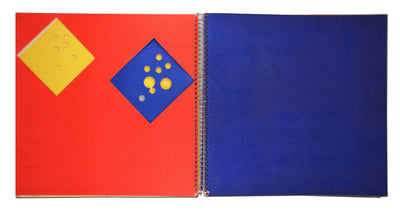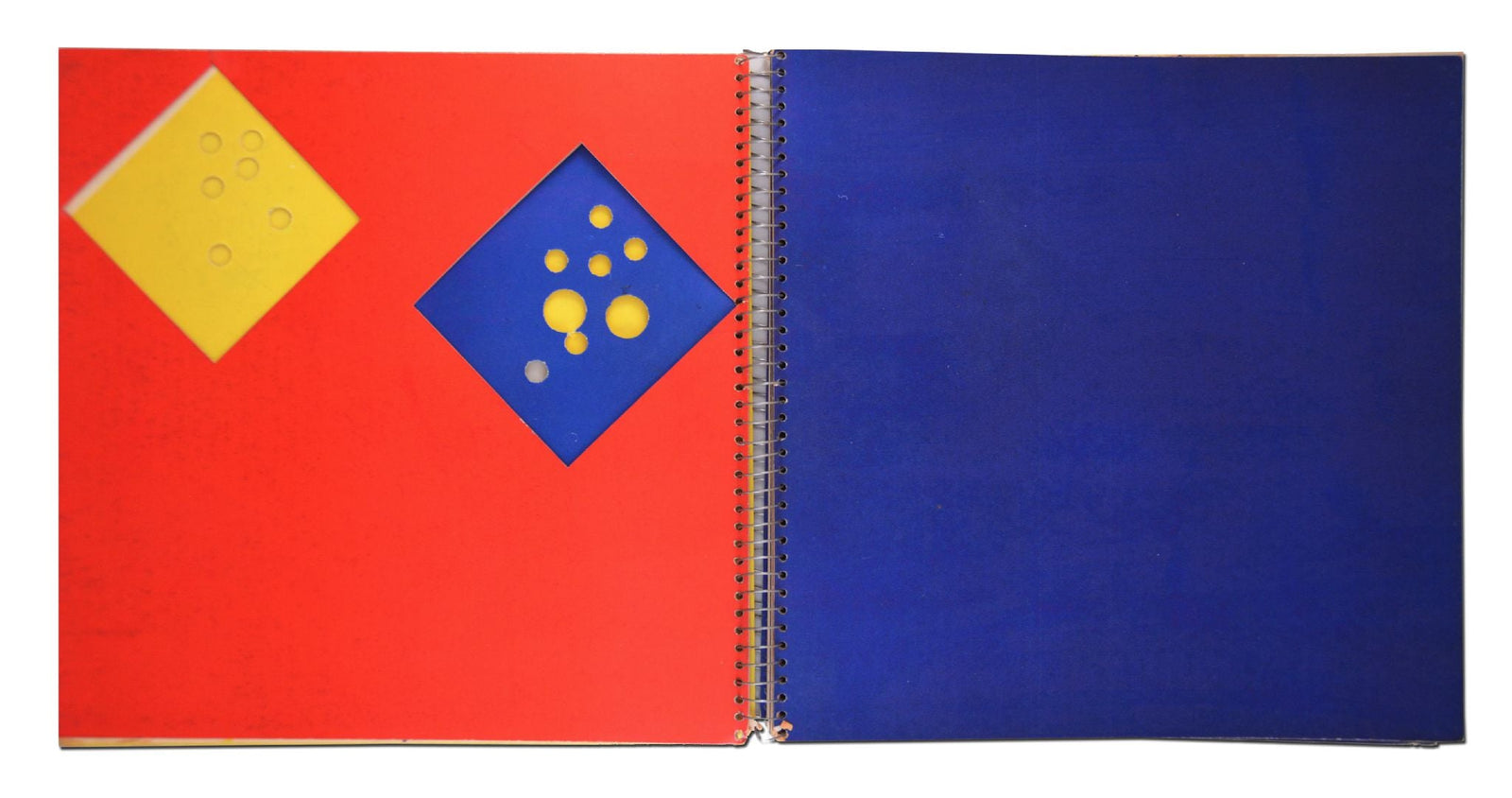1970. 183 pages of witch 8 by Rot. Periodical, Pictorial wrapper. Offset printed. Glue bound. Black and white. Edition of 1100. Published by F.W. Heubach, Cologne.Offset and collage element. 29.5 x 22 cm (11 5/8 x 8 11/16 in.)Cologne. Artists and contributors included: Panamarenko, Dennis Oppenheim, Keith Arnatt, Joseph Beuys, Daniel Buren, Diter Rot [Dieter Roth], Claus Böhmler, Günter Brus, Gilbert & George, Dieter Meier, Jan Dibbets, F. W. Heubach, Daniel Buren, Peter Weibel, Paul Sharits, W & B Hein, Valie Export, Carl Andre. Twelve issues over seven years( 1968-1975) may not appear to be a particularly impressive output, but it is difficult to overemphasise the influence and significance of Interfunktionen during and after its brief existence. Dissenting from the new 'art-as-commodity' attitude expressed at Arnold Bode’s documenta 4, Interfunktionen magazine, edited by Fritz Heubach in Cologne, was an interdisciplinary effort among activist artists to promote European art and ideas without bowing to the era’s increasingly commercial trends. In the summer of 1968 the opening of Documenta 4 had come under public attack for a conventional, market-driven agenda that was felt to represent inadequately the art of the '60s. With the exception of some "environments" neither space nor money was available for new media: an event involving performance and sound art, long planned by Wolf Vostell, was cancelled. American Pop and Minimalist artists, hot tickets on the German art market, far outnumbered artists from any single European country, provoking critics to nickname the show "Americana" and to refer to New York City as a "suburb of Kassel." Inextricably linked with the Joseph Beuys-era Kunstakademie Düsseldorf and the LIDL Akademie, Interfunktionen boasted contributions and support from Jörg Immendorff, Sigmar Polke and Wolf Vostell. It published theory, criticism and artists’ projects, and facilitated a brand of European-American relations in art that had not quite existed or been explored before. Interfunktionen’s first issue was originally published in – by today’s standards – an impossibly small edition of 120 (later issues averaged a circulation of about a thousand, although issue 2 was produced in an edition of only 250, with issue 3 in an edition of 300). Sets of the magazine with the original edition of issue no.1 are exceedingly rare. This first number's main function was to articulate a reaction to documenta 4: the record of a performance action staged by a loose group of Interfunktionen members and supporters at the press conference and the reproduction of pieces banned at the exhibition. The first issue is a collection of some seventy-five pages, made of assorted papers printed, typed, or handwritten, including loose enclosures, foldouts, and collages of news clippings with scrawled citations. In his introduction, Heubach warns that the restrictive policies of art institutions like Documenta impede the free, experimental production of art. Detailed records describing the canceled multimedia event and a general collection of news coverage follow. Midway through the issue things heat up. "Honey-Blind Action" documents performances staged by artists during the opening press conference of Documenta: Jorg Immendorff jumped across tables, waved a stick topped with the silhouette of a cute polar bear painted light blue, and smeared honey over the microphones, while his wife, Chris Reinecke, "hugged and kissed everyone," including the alarmed curator Bode. Vostell poured a bag of change in front of the curators as a symbolic donation, and Heubach, among others, raised a banner reading, "Prof. Bode, we, the blind, thank you for this pretty show." Newspaper articles are interspersed with an absurd correspondence between Reinecke and the city of Kassel, which officially fined her 27.35DM for the removal of honey stains from tables and carpets. Matching the city's bureaucratese, her formal reply declined responsibility and requested that the bill be sent to her husband instead at the same address. The ". 29.5 x 22 cm(11 5/8 x 8 5/8 inches)
Collections: Books from 1970 until 74
Category: "Books , 1970-74 , Artist books , Coming Soon , Contemporary Artist book" , Dieter Roth
Type: Media > Books
Ask us more about the collection
Get in contact with Matthew Zucker about the collection
Sign up to get the latest on sales, new releases and more…
© 2025 dieterroth.com.
Powered by Shopify


